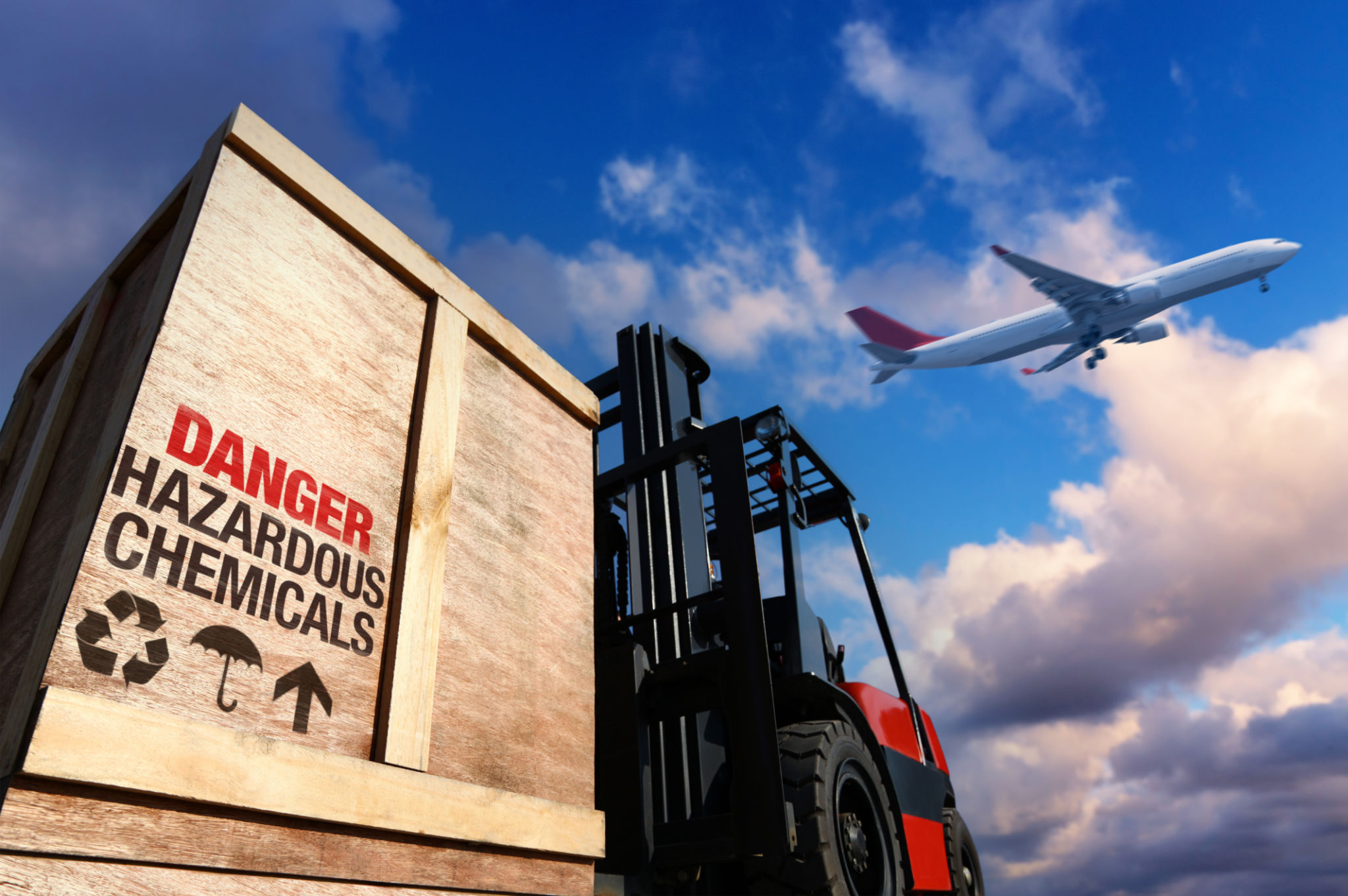Understanding the Role of Specialized Equipment in Hazardous Cargo Handling
Understanding the Importance of Specialized Equipment
In the world of logistics, handling hazardous cargo requires a meticulous approach and specialized equipment to ensure safety and compliance. Hazardous materials can pose significant risks if not handled correctly, making it crucial for logistics professionals to understand the role of specialized equipment in managing these dangerous goods.
Proper equipment not only facilitates the safe transport of hazardous cargo but also helps in minimizing risks associated with exposure and contamination. This equipment is designed to handle specific types of hazardous materials, each with its own set of characteristics and handling requirements.

Types of Hazardous Cargo
Hazardous cargo can include a wide range of materials such as chemicals, flammable liquids, gases, radioactive substances, and biological agents. Each type requires different handling methods and equipment to ensure safety. For instance, flammable liquids need specialized containers that prevent leaks and reduce the risk of ignition during transit.
Understanding the classification of hazardous materials is essential for selecting the appropriate equipment. The United Nations has categorized hazardous materials into nine classes, each representing a specific type of risk. Logistics providers must be well-versed in these classifications to ensure compliance with international regulations.
Specialized Equipment for Handling Hazardous Materials
The equipment used in handling hazardous cargo is designed to mitigate risks associated with transportation and storage. Some common types include:
- Spill containment pallets: These are used to prevent leaks and spills from contaminating the surrounding area.
- Gas detectors: Essential for identifying and monitoring the presence of hazardous gases during transit.
- Safety containers: Designed to securely store and transport hazardous materials, minimizing the risk of exposure.

The Role of Technology in Hazardous Cargo Handling
Advancements in technology have significantly enhanced the ability to safely handle hazardous cargo. For instance, IoT devices can monitor the conditions inside a container in real-time, providing data on temperature, humidity, and potential leaks. This information allows for quick intervention if conditions become unsafe during transit.
Additionally, automated systems and robotics are increasingly being integrated into hazardous material handling processes. These technologies reduce human exposure to dangerous substances by automating tasks such as loading and unloading.
Training and Compliance
Beyond equipment, proper training is indispensable for personnel involved in handling hazardous cargo. Employees must be knowledgeable about the potential risks and how to operate specialized equipment safely. Regular training sessions help ensure that staff remain updated on the latest safety protocols and technological advancements.

Compliance with international safety standards is another critical aspect. Organizations must adhere to regulations set by bodies like the International Maritime Organization (IMO) and the International Air Transport Association (IATA) to ensure the safe transportation of hazardous materials across borders.
Conclusion
The role of specialized equipment in hazardous cargo handling cannot be overstated. It is an essential component in ensuring safety, compliance, and efficiency throughout the logistics process. As technology continues to evolve, the industry will witness further innovations that enhance the safety and reliability of transporting hazardous materials.
By investing in the right equipment and training, businesses can not only meet regulatory requirements but also protect their employees, clients, and the environment from potential hazards associated with hazardous cargo.
